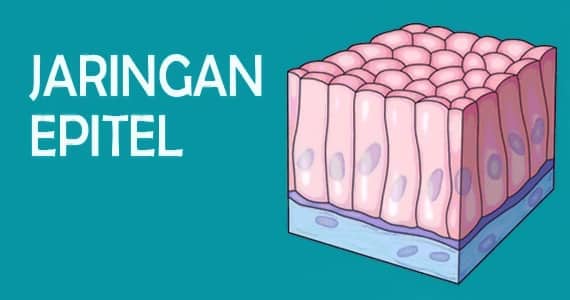Chronic periodontitis disease-causing bacteria is the bacterium Porphyromonas gingivalis (P. gingivalis), while the bacteria that cause aggressive periodontitis are Aggregatibacter Actinomycetemcomitans (A.actinomycetemcomitans). In chronic periodontitis, P.gingivalis was the most common bacteria found with an average of 46% compared to A.actinomycetemcomitans, which was only about 27%. Apart from bacteria A. actinomycetemcomitans, there are other bacteria in aggressive periodontitis but in a lower percentage than A. actinomycetemcomitans, namely P. gingivalis and Fusobacterium nucleatum (F. nucleatum). P. gingivalis has a variety of virulence factors that can be grouped into factors that favor adhesion, factors that damage tissue host, and factors for avoiding response host.
Factors support adhesion consist of capsules, fimbriae, hemagglutinin, and Outer Membrane Protein P.gingivalis is a gram-negative oral bacteria measuring 0.5–2 µm and slightly reddish in gram stain attached to epithelial cells of the human oral cavity which are anaerobic in the form of rods (rods) and significant etiological factor in periodontal disease by producing several virulence factors and extracellular proteins such as lipopolysaccharide (LPS), fimbria, and proteases. These bacteria can be found in about 85.75% in subgingival plaque in chronic periodontitis patients. F.nucleatum is a gram-negative, nonmotile commensal bacteria that has a rod shape with a sharp tip, which can cause periodontitis as well. Bacteria F.nucleatum are bacteria that cause disease aggressive periodontitis subgingival areas in the human oral cavity, anaerobic, nonmotile, rod-shaped with a pointed end, and has a DNA size of 2.4 x 106 bp and has a length of about 5 to 10 µm.
Immunoglobulins or antibodies can be quickly produced in eggs by immunizing specific antigens in benthic chickens, serum antibodies derived from hens immunized with specific antigens are transferred and collected in egg yolks. Xu et al (2011) proposed several IgY mechanisms to fight pathogenic activity from bacteria, such as agglutination from bacteria, inhibiting adherence activity followed by phagocytosis and toxic neutralization. Specific immunoglobulin Y P.gingivalis has the primary mechanism, namely binding antibodies to specific components on the surface of bacteria such as outer membrane proteins, lipopolysaccharides, flagella, and fili. IgY prevents the attachment of pathogenic bacteria to the mucosa, such as disrupting the bond between bacteria and mucin, where the mucin can induce aggregation of surface adhesion in some bacterial species. Another IgY mechanism is IgY as an anti-protein on the surface of bacteria. IgY can be an anti-bacterial surface protein because the Binding Antigen Fragment, which is owned by IgY can recognize the proteins that are on the surface of the bacteria.
Hens were immunized with P. gingivalis as much as 1.5x 108 CFU / ml), up to 4 injections, then the eggs were taken. The yolk was separated from the egg white, which was reheated after being refrigerated, washed three times with distilled water and rolled with tissue paper to separate the albumin.IgY solution was P.gingivalis 50 µl of added with 50 µl of enterocyte suspension at each concentration and shake slowly in a water bath at 37°C for 30 minutes simultaneously. Then to the mixture was added a bacterial suspension (108/ ml) of 50 µl. The mixture was incubated in the ‘shaking incubator’ for 30 minutes at 37°C simultaneously. Then centrifuged at 1500 rpm, at 4oC for 3 minutes, then the liquid was discarded as much as 100 µl, after which the residue was taken and smeared on a sliding glass and stained with gram stain. The preparations were observed under a 1000x magnification microscope, and counted the number of bacteria attached to the enterocytes, counted for each observation of 100 enterocytes. The results showed thatIgY P.gingivaliscould inhibit the adherence of A.actinomyvcetemcomitans in epithelial cells but could not inhibit the adherence of F. nucleatum.
Author: Dr. Rini Devijanti Ridwan drg., MKes
(The Ability of Immunoglobulin Y from Prorphyromonas gingivalis to Prevent Adhesion of Fusobacterium nucleatum and Aggregatibacter actinomycetemcomitans Biochem)





